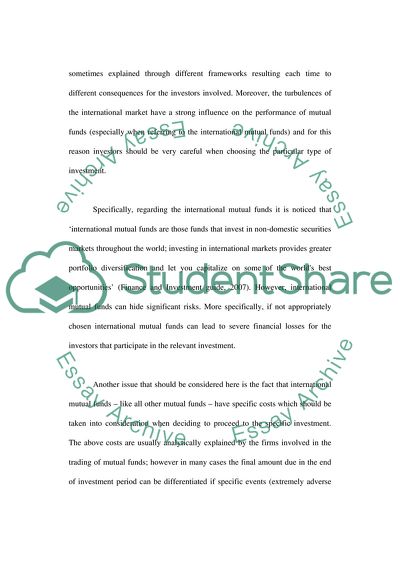Cite this document
(UAE Mutual Fund Industry Coursework Example | Topics and Well Written Essays - 4250 words, n.d.)
UAE Mutual Fund Industry Coursework Example | Topics and Well Written Essays - 4250 words. Retrieved from https://studentshare.org/macro-microeconomics/1710359-uae-mutual-fund-industry
UAE Mutual Fund Industry Coursework Example | Topics and Well Written Essays - 4250 words. Retrieved from https://studentshare.org/macro-microeconomics/1710359-uae-mutual-fund-industry
(UAE Mutual Fund Industry Coursework Example | Topics and Well Written Essays - 4250 Words)
UAE Mutual Fund Industry Coursework Example | Topics and Well Written Essays - 4250 Words. https://studentshare.org/macro-microeconomics/1710359-uae-mutual-fund-industry.
UAE Mutual Fund Industry Coursework Example | Topics and Well Written Essays - 4250 Words. https://studentshare.org/macro-microeconomics/1710359-uae-mutual-fund-industry.
“UAE Mutual Fund Industry Coursework Example | Topics and Well Written Essays - 4250 Words”, n.d. https://studentshare.org/macro-microeconomics/1710359-uae-mutual-fund-industry.


